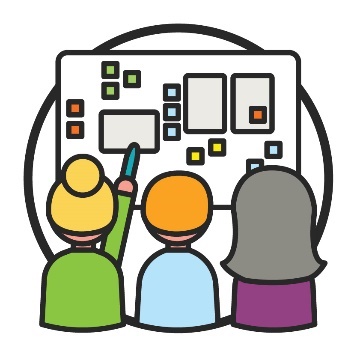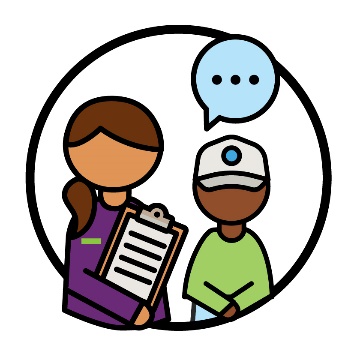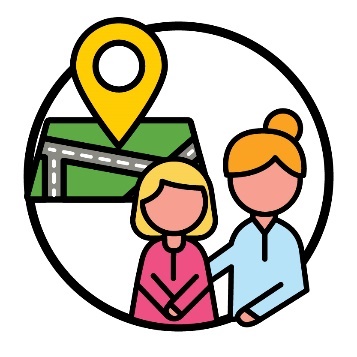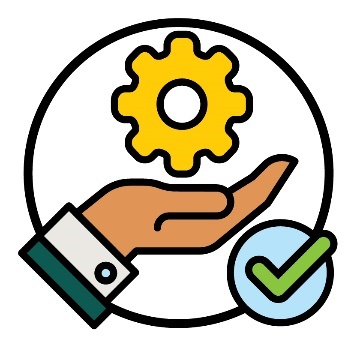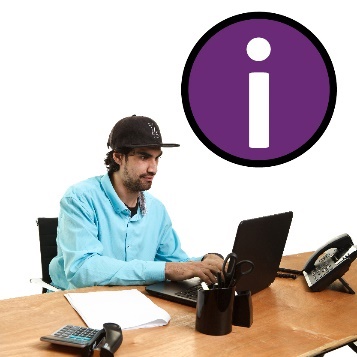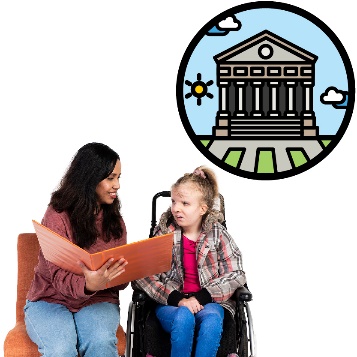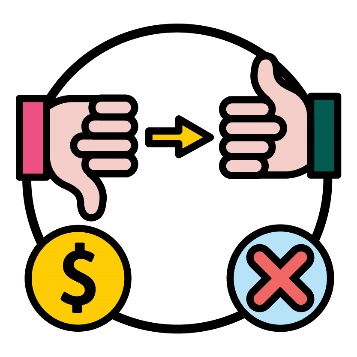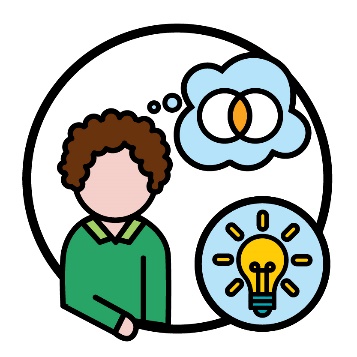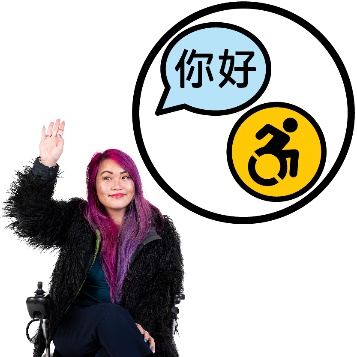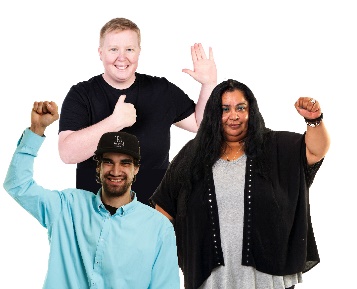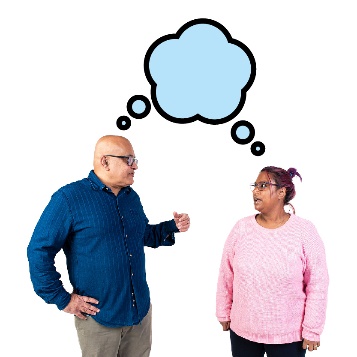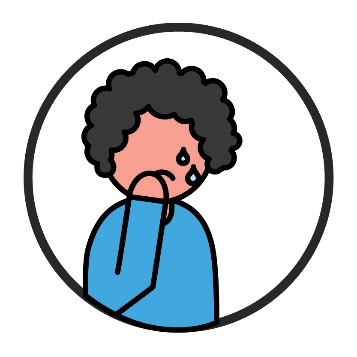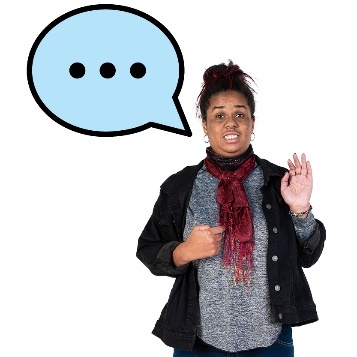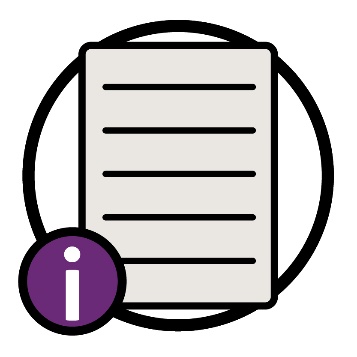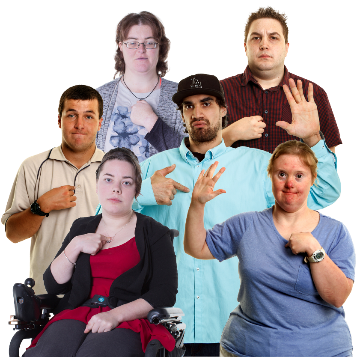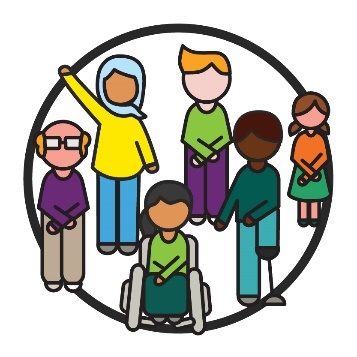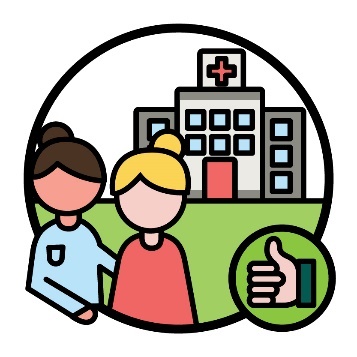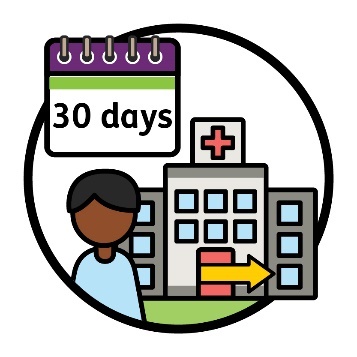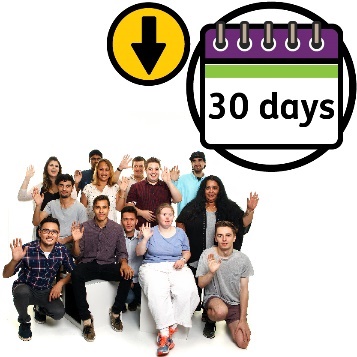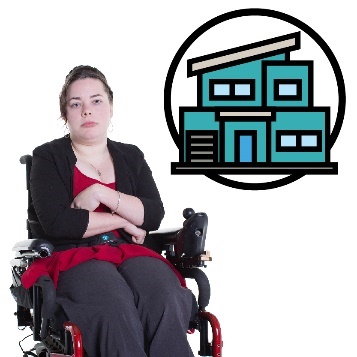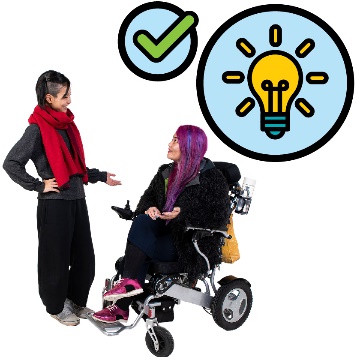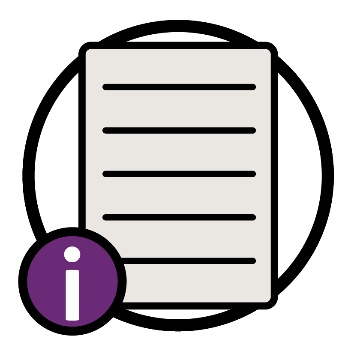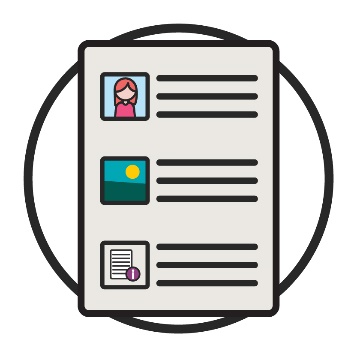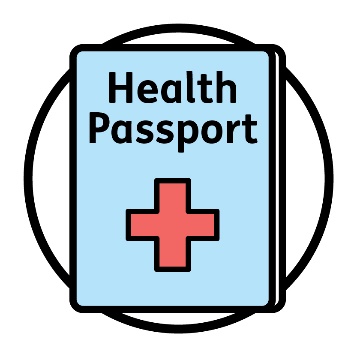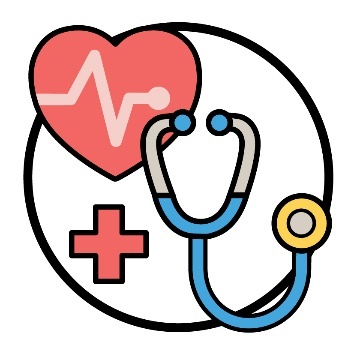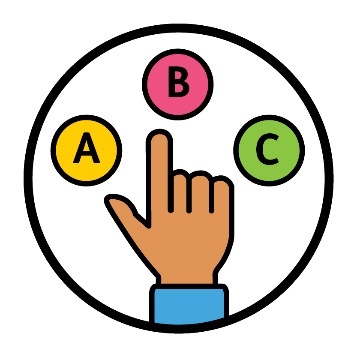Important updates
The NDIA’s co-design work
| Council talked about the NDIA’s co-design projects. Co-design is when people work together to plan something new. |
| Council Members talked about the work the NDIA has done about supported decision making. |
| Supported decision making is when someone helps you make important decisions about your life. |
| The NDIA has done a good job:
|
| Council Members shared their ideas about the Participant Safety co-design. They will meet with the NDIA to talk about this more. They want to make sure this work is right. |
| We will share more about the progress with the NDIA. |
Our advice about listening to children and young people
| We are writing advice for the NDIA about listening to children and young people. Council Members shared their ideas. |
They explained that our advice should: | |
|
|
|
|
|
|
|
|
| Our advice should help LACs support children and young people in the right way. |
And make sure children, young people and families can find and use: | |
|
|
|
|
| Our advice should also think about other ways governments can support children and young people with disability. It doesn’t always have to be the NDIS. |
| Council Members also explained that sometimes more funding and services don’t make things better for children and young people. |
Our guide about intersectionality
| Council Members also shared their ideas about our guide for the NDIA about intersectionality. |
| Intersectionality is when people are different in more than one way. They might be treated differently for each of the things about them they can’t change. |
| Council wants to be a leader in intersectionality. |
| Council Members explained how our guide should think about people who have experienced trauma. |
| Trauma is something bad that happens to you that can make you feel:
|
| We should also use real stories to explain what participants experience. |
| Council Members also explained that we should make sure to give our guide in plain English. |
This will make it easier for people to understand, including people: | |
|
|
|
|
The NDIA’s work on complex supports
| Council Members are happy with the NDIA’s work to help participants when they leave hospital. |
| The NDIA wants to decide how to support a participant leaving hospital within 30 days. |
| But the community want a shorter time. |
| Council Members worry about where participants go when they leave hospital. Sometimes the NDIA puts participants in housing that doesn’t meet their needs. |
| Council Members shared how the NDIA could look at ideas that work well. Like the Disability Liaison Officers in Victoria. |
They also shared that the NDIA should share information about complex supports in: | |
|
|
|
|
| Council Members shared ideas about a health passport for participants. |
A health passport has information that a participant wants health professionals to know. This includes information about their: | |
|
|
|
|
Important updates
The NDIA’s co-design work
| Council talked about the NDIA’s co-design projects. Co-design is when people work together to plan something new. |
| Council Members talked about the work the NDIA has done about supported decision making. |
| Supported decision making is when someone helps you make important decisions about your life. |
| The NDIA has done a good job:
|
| Council Members shared their ideas about the Participant Safety co-design. They will meet with the NDIA to talk about this more. They want to make sure this work is right. |
| We will share more about the progress with the NDIA. |
Our advice about listening to children and young people
| We are writing advice for the NDIA about listening to children and young people. Council Members shared their ideas. |
They explained that our advice should: | |
|
|
|
|
|
|
|
|
| Our advice should help LACs support children and young people in the right way. |
And make sure children, young people and families can find and use: | |
|
|
|
|
| Our advice should also think about other ways governments can support children and young people with disability. It doesn’t always have to be the NDIS. |
| Council Members also explained that sometimes more funding and services don’t make things better for children and young people. |
Our guide about intersectionality
| Council Members also shared their ideas about our guide for the NDIA about intersectionality. |
| Intersectionality is when people are different in more than one way. They might be treated differently for each of the things about them they can’t change. |
| Council wants to be a leader in intersectionality. |
| Council Members explained how our guide should think about people who have experienced trauma. |
| Trauma is something bad that happens to you that can make you feel:
|
| We should also use real stories to explain what participants experience. |
| Council Members also explained that we should make sure to give our guide in plain English. |
This will make it easier for people to understand, including people: | |
|
|
|
|
The NDIA’s work on complex supports
| Council Members are happy with the NDIA’s work to help participants when they leave hospital. |
| The NDIA wants to decide how to support a participant leaving hospital within 30 days. |
| But the community want a shorter time. |
| Council Members worry about where participants go when they leave hospital. Sometimes the NDIA puts participants in housing that doesn’t meet their needs. |
| Council Members shared how the NDIA could look at ideas that work well. Like the Disability Liaison Officers in Victoria. |
They also shared that the NDIA should share information about complex supports in: | |
|
|
|
|
| Council Members shared ideas about a health passport for participants. |
A health passport has information that a participant wants health professionals to know. This includes information about their: | |
|
|
|
|
